The Polygon Podcast: Episode 4 Global Warning
On the latest episode of The Polygon Podcast, Justin Ramsey, the Gallery’s Assistant Curator, is in conversation with Dorothy Dong, Tiffany Pai, Sally Sapinski, and Asalah Youssef—all Chester Fields 2020 finalists from Fort Langley Fine Arts School.
You can listen with the player above or iTunes, Spotify, and Google Podcasts.
Chester Fields, The Polygon’s youth photography program, is now in its tenth year. In collaboration with Metro Vancouver secondary school teachers, hundreds of high school students hone their visual literacy and learn about photography through their own art-making. The program culminates with an exhibition of student work, providing firsthand learning about the presentation, interpretation, and public reception of photography.
Follow us on Instagram for more content from this episode.
Above image: Dorothy Dong, Picture Perfect (detail). Episode artwork: Simon Burns, SoCal 2050

Dorothy Dong, Tiffany Pai, Sally Sapinski, and Asalah Youssef all talked with Justin Ramsey via Zoom on April 3.
The theme of this year’s Chester Fields Teen Photography Program was Global Warning, inviting artists to visualise the forces of nature—and the forces that threaten it. What emerges in the 2020 finalists’ works is a sense of creativity, courage, and clarity as they capture dynamic circumstances and far-reaching consequences affecting our Planet Earth. Through their images, these 38 artists anticipate a precarious future, celebrate the fight against climate change, and hold the decision-makers of today and yesterday to account. This year’s artists have done much more than meet the Chester Fields challenge: they have posed a challenge of their own, one that everyone must urgently meet, especially as today’s new “global warning” forces all of humanity to embrace uncertain futures and profound change.
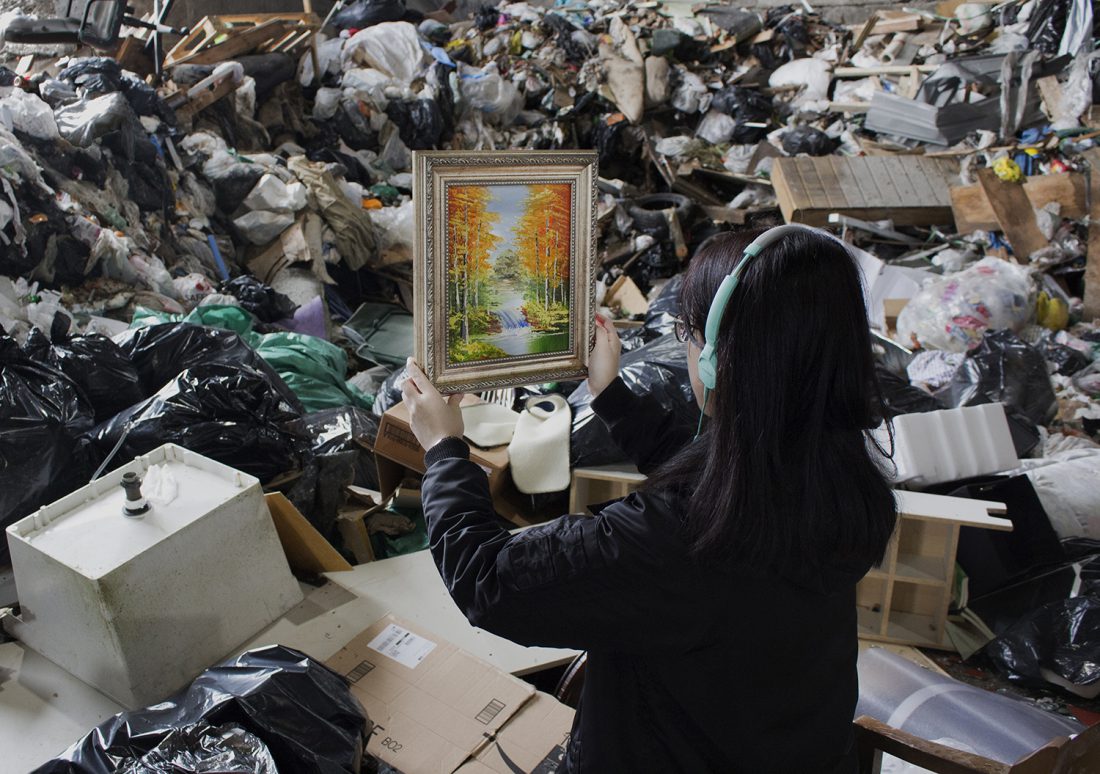
Dorothy Dong, Picture Perfect
“To mask their reality, people sometimes will make up beliefs or distinct explanations that paint a prettier image for them to live off of. I think it is never easy to face the scary and overwhelming reality but that does not justify hiding from it. Even politicians and famous world leaders force these lies into people’s minds and create a group of people that don’t do anything to solve the problem because they don’t accept it. The person in the picture is surrounded in garbage; however, she is oblivious to it and only focuses on the pretty image she is holding in front of her. The painting depicts a fictional world where she doesn’t have to worry about the pressing problems around her. She’s wearing headphones and blocking out her surroundings, but the picture won’t cover her forever.” – Dorothy Dong
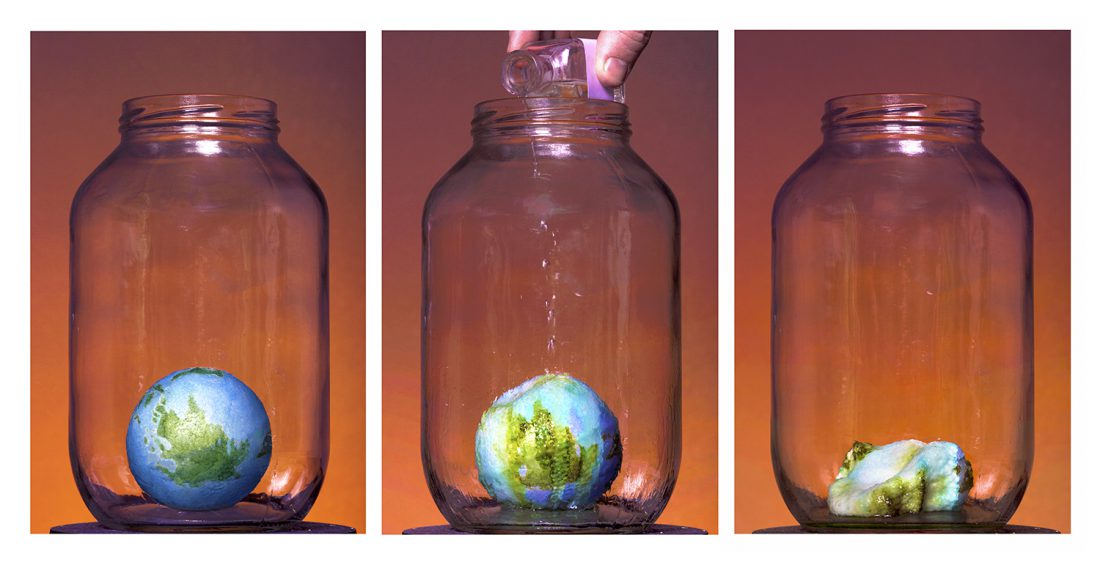 Tiffany Pai, Picture Perfect
Tiffany Pai, Picture Perfect
“Changes to the Earth cannot be easily undone. This tryptic explores the idea of human-caused pollution and that even if we stop, the harm we have done to the environment cannot be easily reversed. To shoot this photo, I painted a Styrofoam ball to look like Earth and placed it in a jar. The jar represents the trapped greenhouse gases within our atmosphere. I was inspired by an experiment in science class where we melted Styrofoam with acetone, which is when I decided to melt the Earth in the jar. The acetone represents the irreversible damage we are doing to the Earth. This is a warning that we might be too late.” – Tiffany Pai
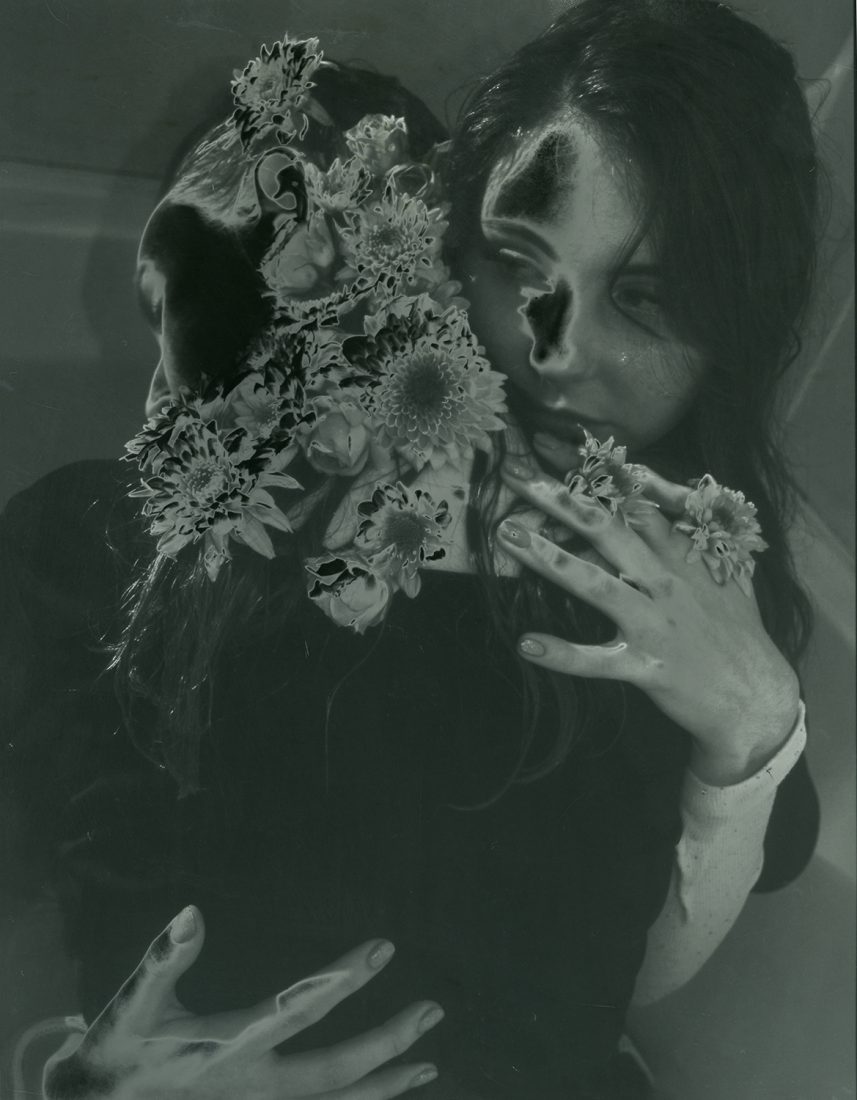 Sally Sapinksi, Untitled
Sally Sapinksi, Untitled
“My intention for this image was to represent the symbiotic connection between the Earth and the people of today. The Earth is within all of our lives, and as its flowers die, we slowly go with them. I created this image by solarising a digital negative.” – Sally Sapinski
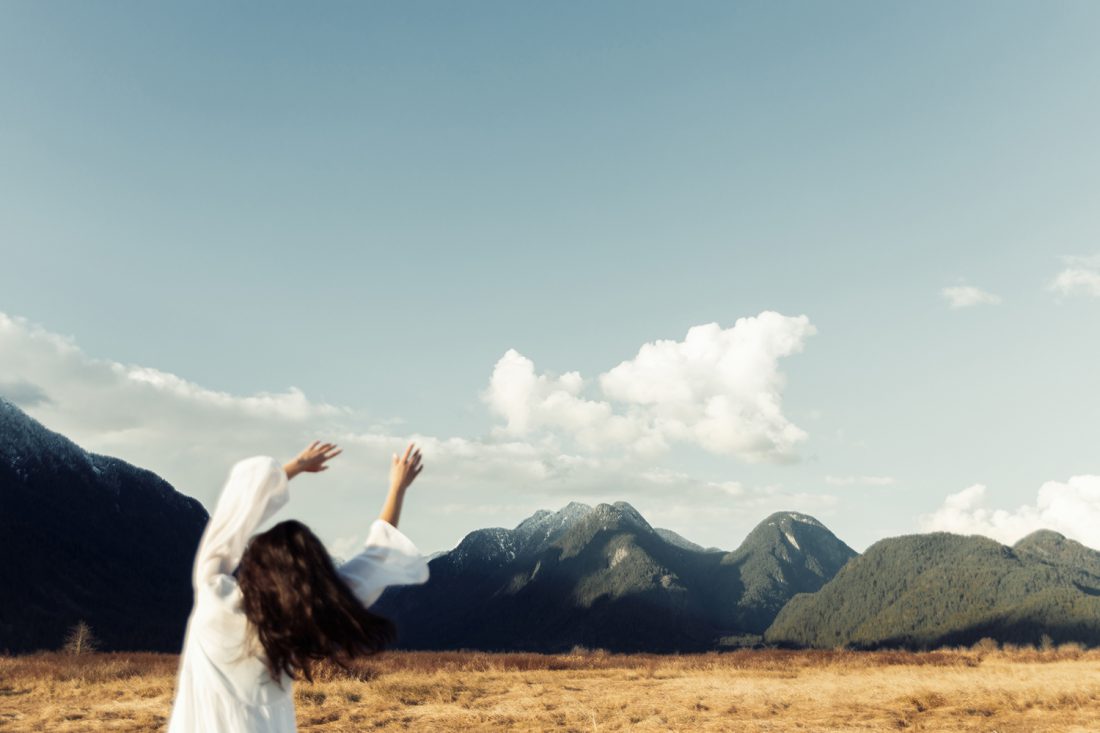
Asalah Youssef, Her Calling 1/2
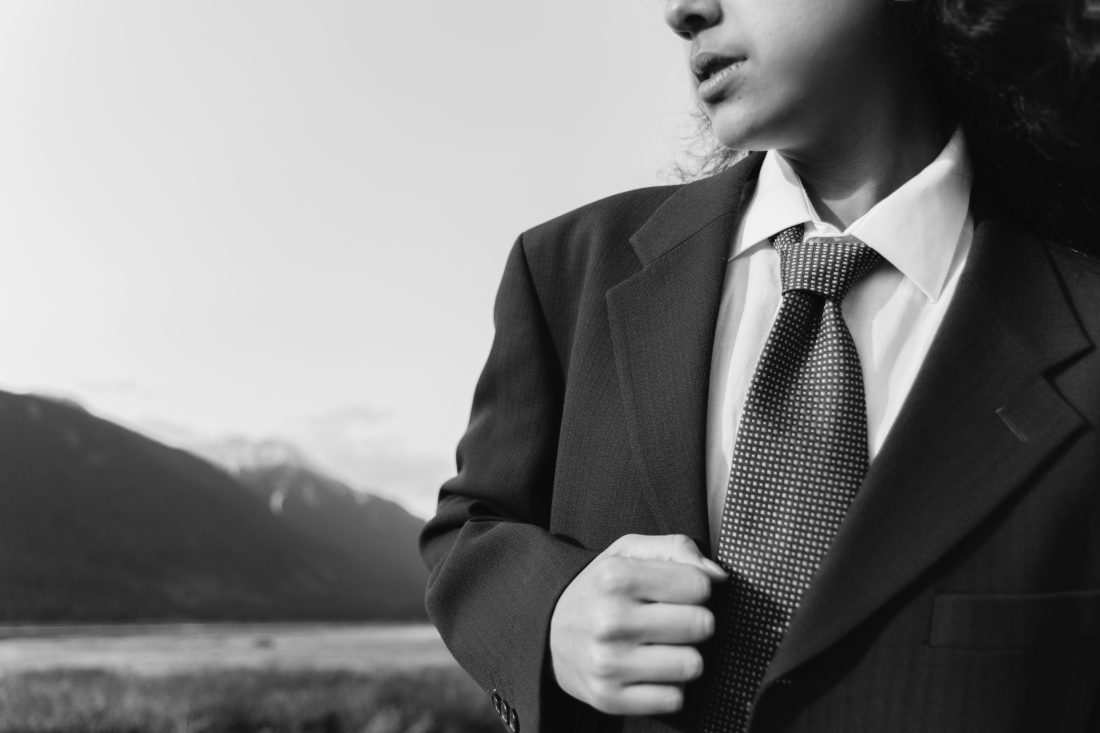
Asalah Youssef, Her Calling 2/2
“As a young woman and a climate activist, I am on a constant journey learning about and responding to the imbalance of our current system and worldview with regard to our environmental crisis. Women, youth, and Indigenous Peoples have been at the forefront of the climate movement and yet are consistently absent from the decision-making table, despite the proven fact that when we are equally represented, innovative decisions take place. My work questions the current status quo of the dominant masculine in denial, versus the active feminine valuing of the inherent wisdom of the land and calling out to listen to Mother Nature’s warnings of our changing climate. I use self-portraiture as a tool to question and respond to how humanity holds both of these forms, creating inner and outer turmoil within the climate emergency. When will society begin to put Earth and her warnings in focus?” – Asalah Youssef
Subscribe to The Polygon Podcast on iTunes, Spotify, and Google Podcasts.